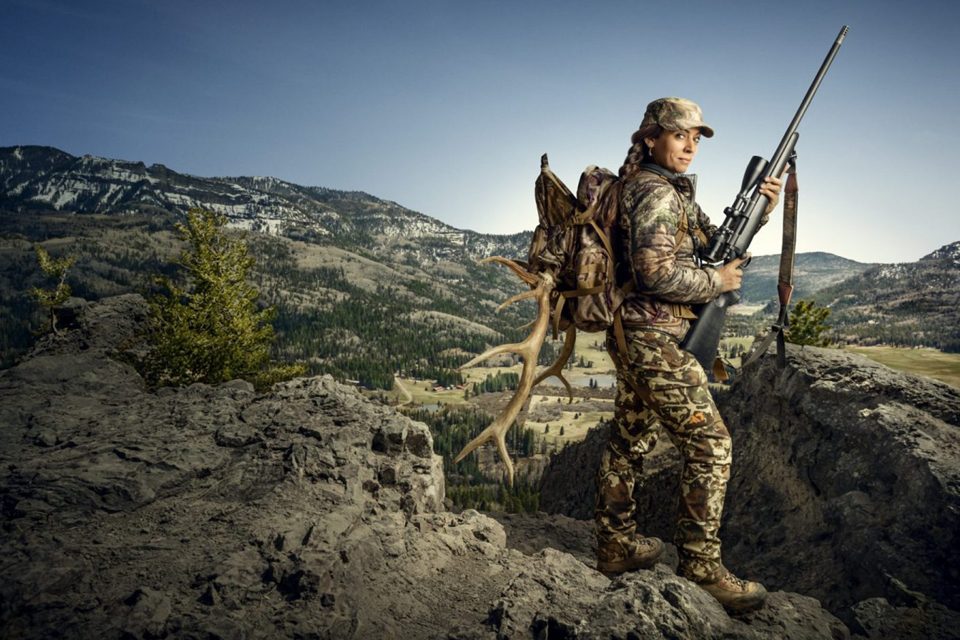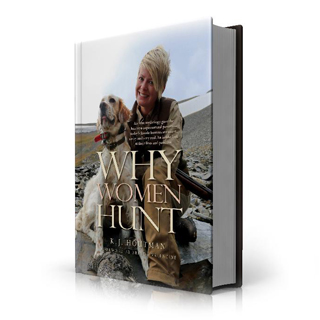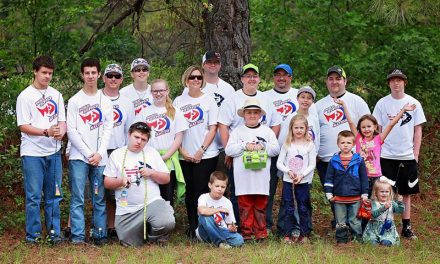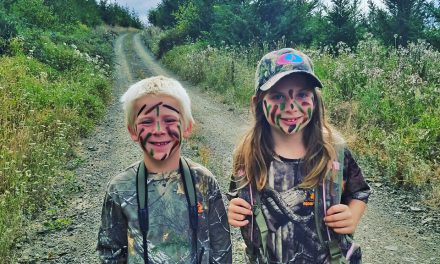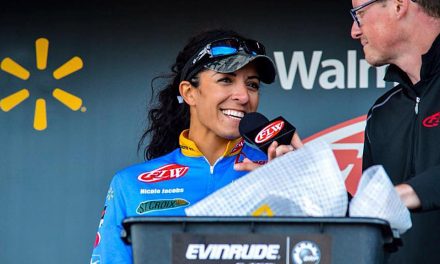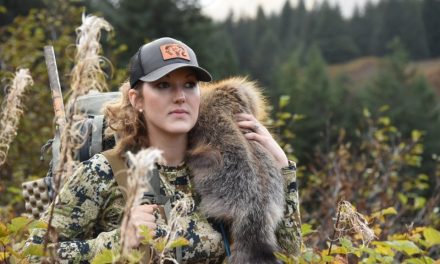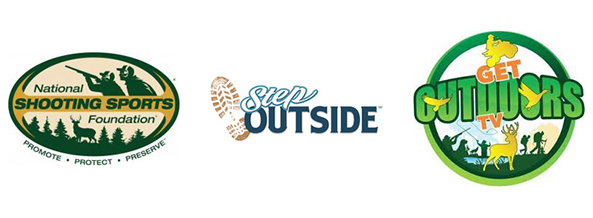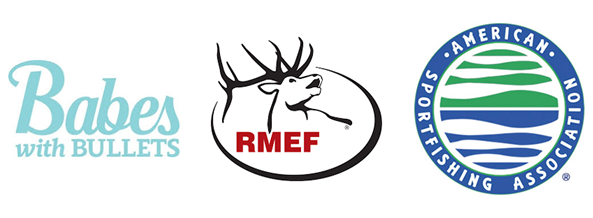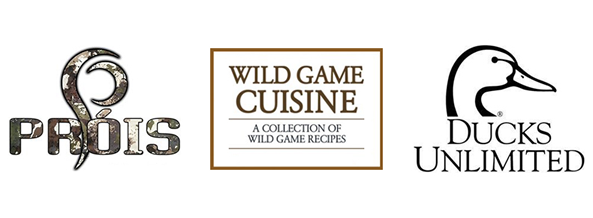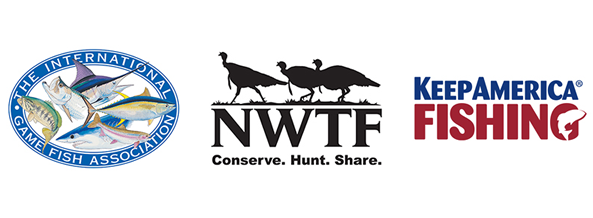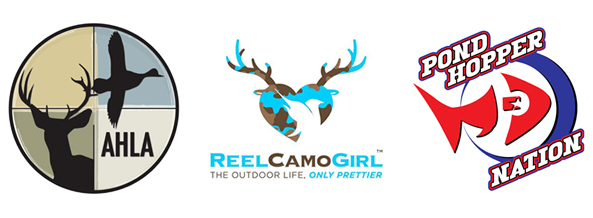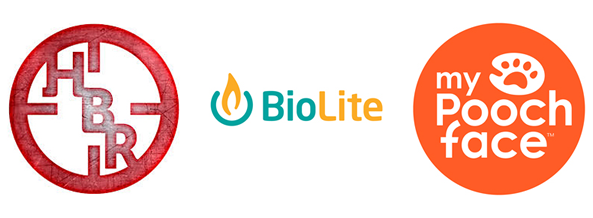(Note: This article about Mia Anstine is from the book Why Women Hunt by K.J. Houtman and was excerpted with permission from Wild River Press. More information about Mia is available in our Most Influential Female Hunters in North America section.)
*****
How many five-year-old girls play in the mountains with her dog “Spot” as her companion? Gone for hours at a time and never worrying trouble would find her—that was Mia Anstine high in the Rocky Mountains in southwest Colorado.
“I took it for granted living in this rural space,” Mia said as she reminisced on her big, wild world, even as a child. From an early age and into her early teens, it was the wilderness life she would enjoy—exploring and noticing absolutely everything from flora to fauna. “I’ve always been aware of the insects on the ground and the birds in the air and everything in between,” Mia said.
But it was a lifestyle that was about to take an abrupt about-face. Before it did, however, there was an elk hunt that would change her and her respect for hunting forever. “I think I was about 11 or 12 or so,” Mia recalled. “I know I was too young to be the hunter, though I’d learned to shoot at the age of five.”
Her father was a hunter—it was very much a part of providing for his family. Game meat fed them through the winter; fishing the river in front of their house put fresh trout on their plates all summer. This was a way of life Mia’s parents chose: gardens brought fruits and vegetables, and the diligence of canning kept it available for months. Much of Mia’s clothing came from bolts of fabric and a day at a sewing machine. It was a simple, family-focused lifestyle, one where Mia felt loved.
*****
Uncle Raul was coming from San Diego for the elk hunt—as he did every year, almost always with his family. “I always thought of him as my uncle,” Mia said, “but in reality, he was my father’s best friend since kindergarten.” Raul and his family stayed at their house, sometimes camping in their yard, always enjoying campfires in the backyard each starlit evening. Another October meant Uncle Raul would re-engage his dream—to take a bull elk. It hadn’t happened yet. There were years he had to settle for a cow elk for the meat, but the dream of the big bull elk never left him. Each year it renewed, as did the friendship of a lifetime between Mia’s father and Raul.
This year Raul was not well.
“I remember the preparations for this hunt,” Mia said. “Uncle Raul was a very skilled hunter and always had a good plan. But this year, the doctor had placed him on some medications for his health; he’d gained quite a bit of weight. He wasn’t feeling well and wouldn’t be able to handle the hiking at 9,000 to 11,000 feet elevation.”
Mia went along with the hunting party to the trailhead. As her father and others left on horseback to head up into the high country, Raul’s shoulders slumped. He shook his head. This was not the year. And he knew it.
Mia, attentive to his mood, decided to stay back and keep him company. The dark shapes moved into distant darkness. Raul dropped the tailgate on the pickup truck. He grabbed his thermos and motioned with his hand for Mia to join him. She did. He sipped his steaming, black coffee; Mia held a cup to keep her hands warm.
“Someone will get an animal,” she said to him, thinking of their meat provision for the winter. “It’ll be okay.”
The two spoke in whispers as the darkness turned to a deep blue and then a lighter blue. Uncle Raul told her of hunts in his past, when he was the fastest, best-in-shape hiker in the group. But not this year. This year he was drinking coffee, sitting on a tailgate weighted by an alarming heft to his 50-year-old frame. Age and poor health were taking their toll. Still, he shared his dream.
“It’s so beautiful here,” he said. Every year Raul made the trek from the city of San Diego, where Raul and Mia’s father grew up, to the only home Mia had known: the wilderness of Pagosa Springs, Colorado. It was a cultural shift as much as a geographical shift. The light brightened, and the coyotes started singing as dawn broke through. “They’re waking up and announcing a new day,” he said. Mia nodded. She knew these parts like the back of her hand.
Hawks flew by while the two sat quietly. They watched and listened to nature all around them. Raul told of a story about a horseback hunt a few years before when he’d gotten lazy and didn’t try to go around a tree branch. “I thought I could break the branch as we got to it. But, oh no, it knocked me right off that horse,” he said with a hushed laugh. No more words were needed. Even as a pre-teen, Mia knew this quiet time was a time to cherish.
*****
They glassed the area around them from the tailgate of the pickup truck. There. Movement. Mia spotted it and pointed.
Raul grabbed his rifle and the two of them skittered ahead and ducked behind a patch of oak brush. Mia watched Uncle Raul throw down his pack and get settled onto the ground into a prone shooting position. She took a spot beside him. “They’re feeding in the meadow,” he said with a whisper. There were nearly a dozen cow elk moving in. “There has to be a bull pushing them out,” he said to Mia. “Let’s watch them and wait.”
Mia continued glassing the herd and beyond—and then she saw it. Antlers! Mia tapped Raul and pointed to where she’d glassed him. A bull was feeding his way down and out. They waited and watched. And waited and watched.
They whispered back and forth.
“I remember Uncle Raul’s patience—it was incredible,” Mia said as she retold this story. “So many people would get too excited. He waited until that bull was closer and broadside. He even waited until the animal moved his front leg to open his chest cavity, and then he took his shot. It was perfect.”
Mia watched through her binoculars. The big bull didn’t move. He just dropped in his place.
Raul looked at Mia. “There was a tear in his eye,” she said, recollecting a hunt that taught her so much at a tender young age.
*****
There was a reverence and a respect to all that happened next, the dream of a lifetime fulfilled as the two field dressed his six-by-six bull elk.
“You should have seen the surprised faces from my dad and the rest of the hunting party when they came back to see a bull elk there,” Mia said. “It was a joyous family ordeal to pack out—and it had nothing to do with what some people would call a ‘trophy’ hunt.”
“I realized it wasn’t just about meat on the table, and it wasn’t just about filling the tag. It was about family and community,” Mia said. “It was about healthy sustenance. This was what Uncle Raul needed for him to continue. I learned a lot from that hunt. It was a dream fulfilled. Hunting can be hard work, but the rewards are endless.”
Raul hadn’t just been patient in the shot that day; he’d been patient for decades.
*****
Shortly after, Mia’s parents divorced. Her mom moved back to California; her dad stayed in Colorado. Mia’s wilderness time would become limited, and she would experience the contrast of urban life without her hunting tradition.
High school and college were in San Diego. In college, she met kids who lived in the outskirts of the city where they fished and followed rodeos. The connection to her youth grew. But it all shattered again just as she’d formed these friendships—her brother was killed by a drunk driver. It threw Mia’s life into a tailspin.
“It made me wonder who I was, where I was going,” Mia said. “I know all 20-somethings are trying to figure out life, but I really had to.”
Mia moved to Texas and then to Oregon. Then she moved back to southwest Colorado. She had to leave the city behind. “I felt like I needed to be by my dad.” She needed the rural friendliness where you knew your neighbors and people helped each other. Mia’s mom settled back in the Pagosa Springs area to be closer to Mia and now a beautiful new blessing—a little granddaughter named Lea. Mia’s father helped her with meat for her and her daughter from his hunts.
“But I realized if I wanted anything other than hamburger, I’d probably need to get out and do some hunting of my own,” she said with a chuckle.
It was her turn.
Her father bought her a rifle. She hunted alone from the very beginning—cherishing the quiet time to herself. It was time to reflect and settle into nature. The wildlife and beauty around her was soothing, and she felt healthier being outside. As a single mom, Mia was always working and always taking care of Lea. But with a $47 hunting license and Grandpa watching the little one for her, she could get out and fill the freezer.
The first season she got skunked. “I knew my way around the outdoors, but I only had the weekends to get out, and it just didn’t happen that first year,” she said.
Mia often took little Lea along. Sometimes the toddler blew a hunt with wiggles and giggles. Yet they had fun. They scoured the ground for feathers or other treasures, with mother teaching daughter about the outdoors, wildlife, and hunting along the way. It took Mia several years before she tagged her first bull elk. Like her uncle, she chose a cow elk to fill the freezer until she caught up with an antlered fellow.
One memorable hunt occurred when Mia wanted to hunt grouse. Her mother and Lea tagged along. They headed up to the spot where Mia had seen some grouse before. Grandma kept the toddler in the truck, and they colored in some coloring books while Mia hit the woods. She got a couple of grouse, and when she came back with them, Lea was so excited.
“I cooked them up, but Lea was involved in all the preparations,” Mia said. “It was a full-circle connection in her mind that night when we ate dinner, and she had the biggest smile on her face. My daughter understood where her food came. She was still a preschooler.”
Another day, Lea and her grandpa went fishing. Although they usually practiced catch-and-release, Pops let her keep a big trout. The girl was so proud to put food on the table like her mom. All this before kindergarten.
Now that another generation was learning all the same neat stuff about putting their own provisions on the table. Mia couldn’t have been happier.
*****
About 2009, Mia’s business world fell apart. A slump in sales of commercial and industrial building products, coupled with reduced commissions, and Mia found herself in need of new work. She started writing about the outdoors on the side. At this same time, she met her future husband, an outfitter and guide. She started helping him with his business. They did high-wilderness hunts, eventually branching out from traditional hunters to take more first-time hunters and disabled hunters.
“I find it very rewarding,” Mia said. Together they teach other about the outdoors, wildlife, nature, and make dreams come true. “Some had no idea what strength they had inside,” Mia said.
Growing up in Pagosa Springs, Mia was closely connected to the people of the Native American tribes. The Southern Ute Indian Reservation was just to the west, and the Jicarilla Apaches were south, in New Mexico. “I learned a respect for nature and a respect for animals, even after they’re dead,” Mia said. “They taught me to take only what you need to feed your family, and they planted the seed as to the importance of conservation.”
Hunters used to make up 15 percent of the population in Colorado. Mia says the number is now down to 10 percent. Couple that with the anti-hunting sentiment, now at 15 percent of the population and growing, and there is a real concern for the heritage she treasures.
“I’m very involved in several organizations to work on the conservation of our wildlife,” Mia said.
Social media has been one of Mia’s biggest frustrations. “We have to make a good impression on people who aren’t hunters—it’s so, so important. It’s not about the picture of a dead animal. Share the happiness in a positive manner that will not be a deterrent to non-hunters.”
One of Mia’s happiest moments happened after a long and arduous elk season. Lea had nearly given in to the challenging labor involved, but Mia and her husband encouraged her to keep going. That year she worked hard, and as a 12-year-old, tagged her first elk. Hard work paid off.
*****
In August 2016, Mia Anstine became the first American woman to grace the cover of Field & Stream magazine. The only other women on previous covers had been Queen Elizabeth of the United Kingdom and hunter Eva Shockey of Canada.
“It was a huge honor to represent so many women—women who are making a difference,” Mia said. The magazine interviewed 11 women for the issue. Editors focused on everyday women who all share hunting, shooting, and fishing in a positive light, while aiming to recruit new participants to the sport. The editors selected Mia for the cover. She prepared herself to be attacked from non-hunters. It had happened before. But she didn’t expect to get attacked from her own community—from hunters. It was a shock. Some criticized the choice of women highlighted in the story, and others questioned if Mia deserved to be included. The stories didn’t include volunteer resumés, and Mia wasn’t a celebrity hunter. Readers didn’t know about all the selfless work Mia had done in conservation or mentorship.
“That was so hard—it hurt,” Mia said. “But it also instilled in me that I must keep going. I have to keep getting moms outdoors with their kids, and keep sharing that it isn’t about the animal on the ground.”
In a way, the negativity from the few only reinforced her push. To this day, she gets a little teary when she thinks about the honor of representing the hunting community as the first American woman on the cover of Field & Stream. “I have to keep encouraging others to get outdoors and learn,” Mia said. “As hunters, we need to always support one another.”
~By K.J. Houtman
Website | Facebook | Instagram | Twitter
Do you love to fish, hunt, camp, or hike? You can count on K.J. Houtman’s books (and magazine and web-based articles) to celebrate a love for the outdoors. As a writer-member of Association of Great Lake Outdoor Writers (AGLOW), Southeastern Outdoor Press Association (SEOPA), and Professional Outdoor Media Association (POMA), K.J. ties the outdoors to everything—from children’s books to adult non-fiction. Several of her books have been awarded “Excellence in Craft” from writers within these outdoor organizations. Based in the Twin Cities of Minnesota, K.J. is a graduate of Elmhurst College in Elmhurst, Illinois.

